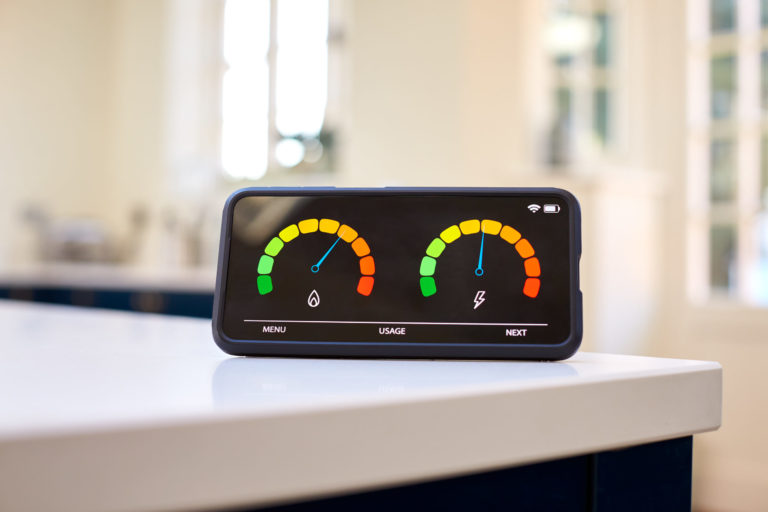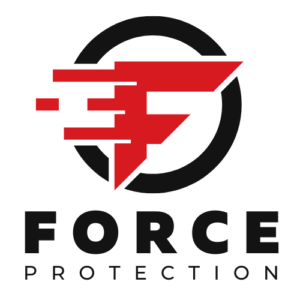Digital asset management (DAM) is a software solution that creates a central source of truth for the storage and management of digital content. It offers users a means of increasing workflow productivity and brand consistency. The best DAM solutions keep digital assets organized in a way that maximizes their value for a brand. Key features help automate workflows, set expiration dates for assets with licensing, and give users access to files, folders, collaborative projects, and campaigns. DAM software also features in-app analytics that provides insights into the performance of creative assets.
How DAM Software Works

A digital asset management solution helps with several key aspects of a brand’s operational efficiency when it comes to digital assets. Standardized templates and file formats prepare digital files for encoding which improves search and access to files. Encoding and indexing simplify the search for assets with metadata tags that identify digital content using attributes such as asset type, version, media type, and technology used. Indexing improves workflows by enabling task and process automation. Version control ensures the latest digital assets are used, and user permissions ensure that only authorized users access assets that are assigned to them, protecting assets from theft, corruption, and deletion. Auditing helps businesses find areas for improvement while ensuring technology and business processes comply with regulations.
Leveraging the right software solution saves your business time, eliminates waste, and governs your brand. With DAM software from Welcome Software, you can organize your digital assets in a single dashboard, making it easy to search, use, and repurpose approved brand content. The advanced filters of a digital asset management tool empower authorized users to find the right assets quickly and easily. Brand managers can keep track of user access and ensure marketing teams use the latest branded content.
Having a single source of truth allows you to monitor the lifecycle of your brand assets and keep marketing teams in compliance with workflows. Integrated workflows allow team members to download, edit, and reuse approved assets, and metadata tags make it easy to search and upload similar assets. Tracking and analytics functions give you insights into which assets are used the most so you can better leverage the value of your assets and increase content creation and productivity.
Benefits and Advantages

There are several advantages of leveraging a digital asset management system. Having a central location for digital assets reduces production costs and improves resource allocation. The ability to repurpose content reduces production costs and duplicate workstreams which helps bring assets and solutions to market faster. A DAM system provides a clear view of digital assets, which aids in content planning and execution. Organizational transparency increases collaboration and eliminates redundancy. Asset management helps businesses of all sizes increase conversion and customer retention because they can better personalize the customer experience. Brand consistency ensures that all content complies with brand guidelines. It’s important to ensure that all messaging, positioning, visual representation, and other brand content is consistent with the overall brand image.
Key Functions

There are certain functions to look for when choosing the right DAM platform. The right solution supports the asset lifecycle and provides access rights and permissions to authorized users. It should have integrations with any solutions currently in use or that will be implemented in the future. A DAM solution should give users the ability to share digital assets and search results and other data. The right solution offers stable storage and transfers infrastructure so you can store and transfer assets how and when you need them. File transfer efficiency makes it faster and easier to share and use assets as needed.
Leveraging the right digital asset management software improves the creative workflow by providing a single source of truth for digital assets that align with brand guidelines.















